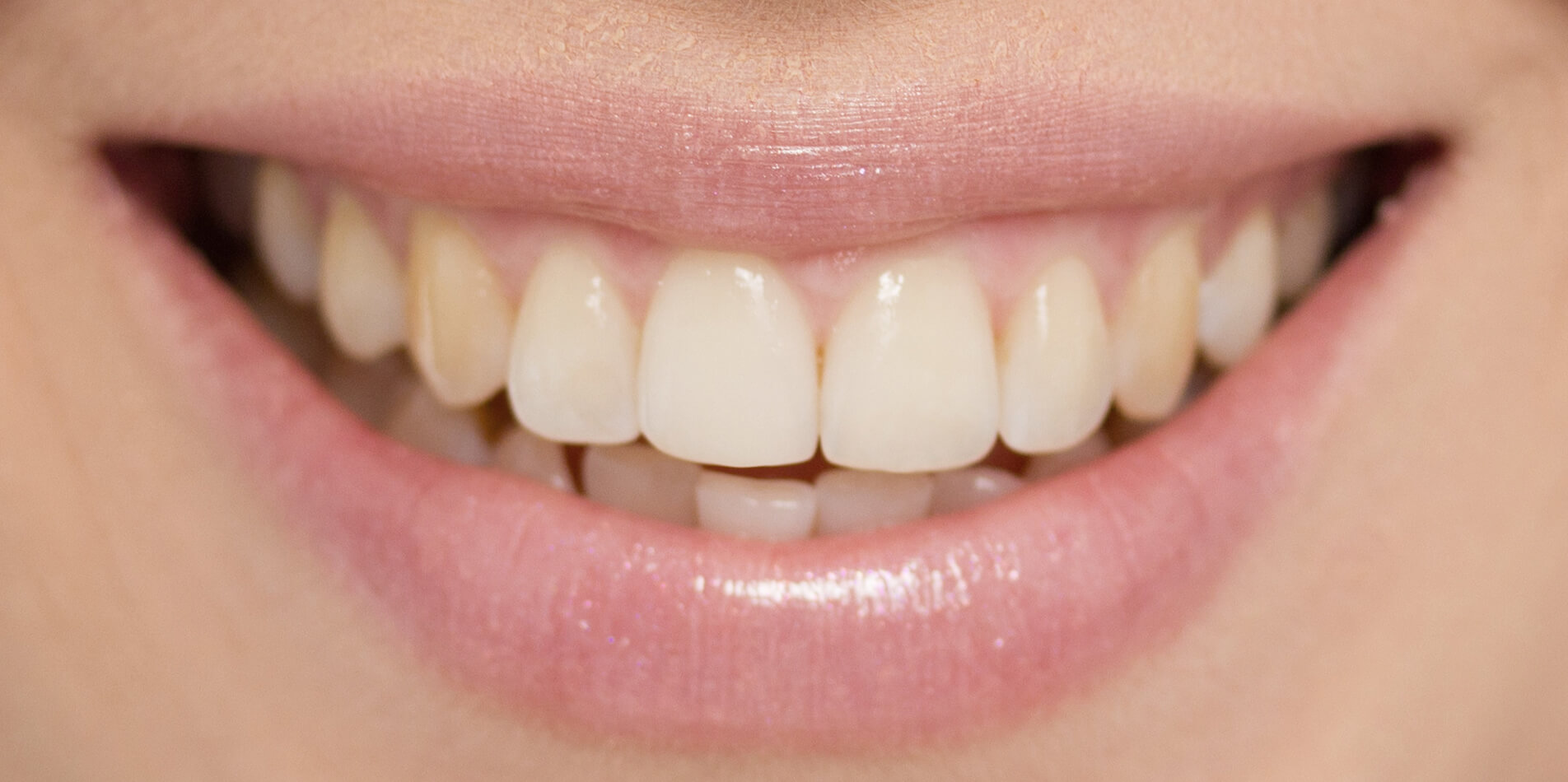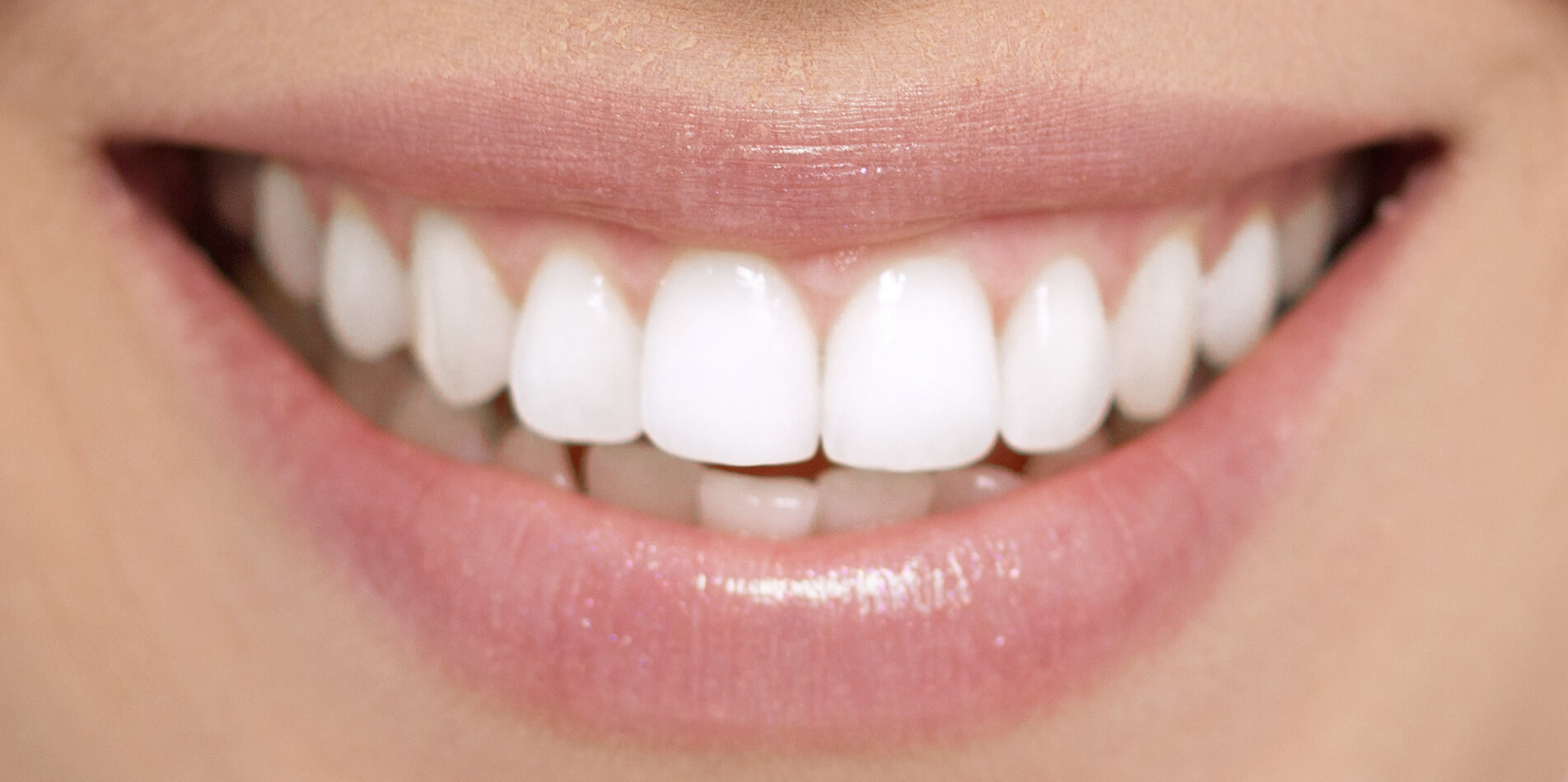Aesthetics is by far the most important point in dental work.
Aesthetic dentistry is expected by all patients.
It includes minimally invasive therapies such as tooth whitening and fillings, as well as veneers for anterior teeth and ceramic inlays for posterior teeth.
Furthermore, the same aesthetic requirements also apply to crowns and bridges.

L'aesthetic dentistry
Tooth whitening
There are different whitening procedures to affect the colour of your tooth enamel. In our dental practice, we can make the right diagnosis and choose the procedure that suits your personal case. The decision between in-office-based teeth bleaching or at-home depends on several factors.
Only your dentist can ensure whitening of your teeth under professional safety conditions, which are essential for your health, comfort and aesthetics.



External tooth whitening
Over time or due to coffee or tobacco consumption, your teeth can appear yellowish and be perceived as annoying. For this, external tooth whitening is an option in selected cases to regain a beautiful white smile. After external tooth whitening, your teeth can usually appear 3 to 4 shades whiter. The desired effect depends on the initial shade of your teeth. The expected result is discussed individually with the patient in advance. To achieve a satisfactory result, we generally work with two techniques.
In-office bleaching is highly appreciated by our patients because a difference can already be seen after one hour.
This method uses a lamp with ultraviolet light and applies a highly concentrated product based on hydrogen peroxide. First, the surrounding gums are protected using a liquid protection that is applied to the gums. This avoids any contamination or irritation that could be caused by the bleaching agent.
In-office bleaching allows you to quickly regain the brightness of your teeth in one or two sessions. In addition, we recommend combining this method with the at-home technique, where a long-lasting result can be guaranteed by wearing a night splint for 3 to 7 days.
Internal tooth whitening
If a tooth is darkly discoloured due to a previous root canal treatment, the internal bleaching method is an option. A sodium perborate-based product is applied to the tooth. If necessary, this procedure is repeated several times until a satisfactory result is achieved.
Digital Smile Design
Digital Smile Design® (DSD) is a digital tool and methodology that makes it possible to simulate the future desired smile using precise and high quality photographs.
Once a desired simulation has been selected, the digital treatment plan is used to communicate with the dental technician.
The dental technician can use the precise specifications to translate the digital design into an analogue model (wax-up).
Once a desired simulation has been selected, the digital treatment plan is used to communicate with the dental technician. The dental technician can use the precise specifications to translate the digital design into an analogue model (wax-up).
The last essential step before the final restoration is an intraoral try-in of the future smile. With the help of plastic shells, the expected result can be directly visualised in the mouth.
A digital smile design can also contribute complementary and important elements to the classic orthodontic examination when creating an orthodontic treatment plan.
All ceramic
Aesthetic and stable
This material represents a major development in dentistry as it has a transparency similar to natural teeth: It lets light through and thus ensures a very natural result that harmonises with the other teeth. Thus, the crown and the inlays appear invisible.
The material is biocompatible, well tolerated and resembles natural tooth enamel.
Slightly transparent, strong, it is practically impossible to distinguish pure ceramic from a natural tooth, even in bright light.
The latest generations of ceramics offer excellent strength and durability.
Depending on the type of damage to the tooth, the restoration is carried out using different techniques.
Inlays Onlays Overlays
If enough tooth walls remain, we use an inlay.
Unlike conventional fillings, where a soft, malleable mass is placed in the cavity and then hardens, an inlay is a solid particle that is precisely adapted to the tooth in question. The inlay is also aesthetic because it reconstructs the damaged part of the tooth identically.
The tooth thus regains its original appearance.
After the dentist has removed all carious structures from the tooth, a digital scan is taken. The inlay is then digitally designed, milled and individually painted.
Personalized make-up is achieved with firing in a suitable ceramic oven.
In a final session, the dentistfixes the inlay into the existing opening. Unlike a crown, the inlay preserves the integrity of your tooth.
Crowns
If a tooth is so badly damaged that fillings or inlays are no longer sufficient to restore it, your dentist can crown the remaining tooth stump or an implant with a ceramic crown.
We first take a digital impression, which the dental technician uses to mill the appropriate crown from a ceramic block.
Bridges
Solid ceramics can now be used to replace bridges in the anterior and posterior regions.
Bridges are used for one or more missing teeth and are placed like crowns on teeth or implants.
One disadvantage of bridges is that healthy neighbouring teeth may have to be ground down to serve as abutments.






